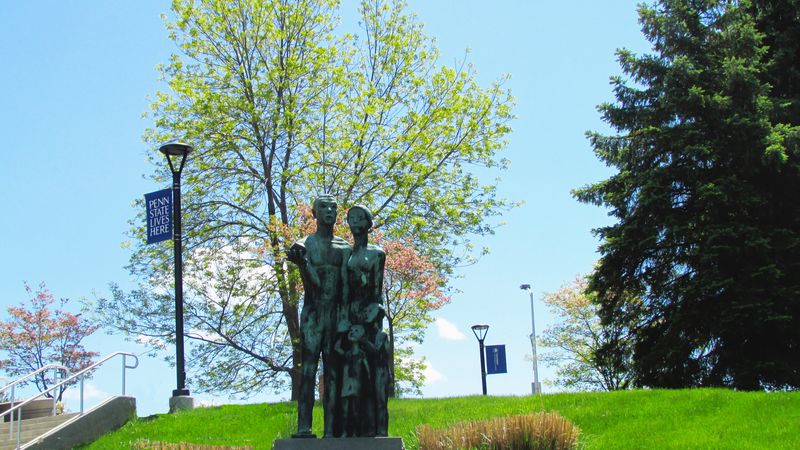Sculptures have been part of campus history for 40 years
In May, 1976, African American artist Oliver LaGrone, Penn State's Artist-in-Residence at the time, created two sculptures for Penn State Worthington Scranton. Those pieces have been inspiring awe and curiosity for visitors and students alike for the past 40 years.
By: Kelly Frey


